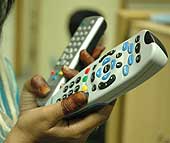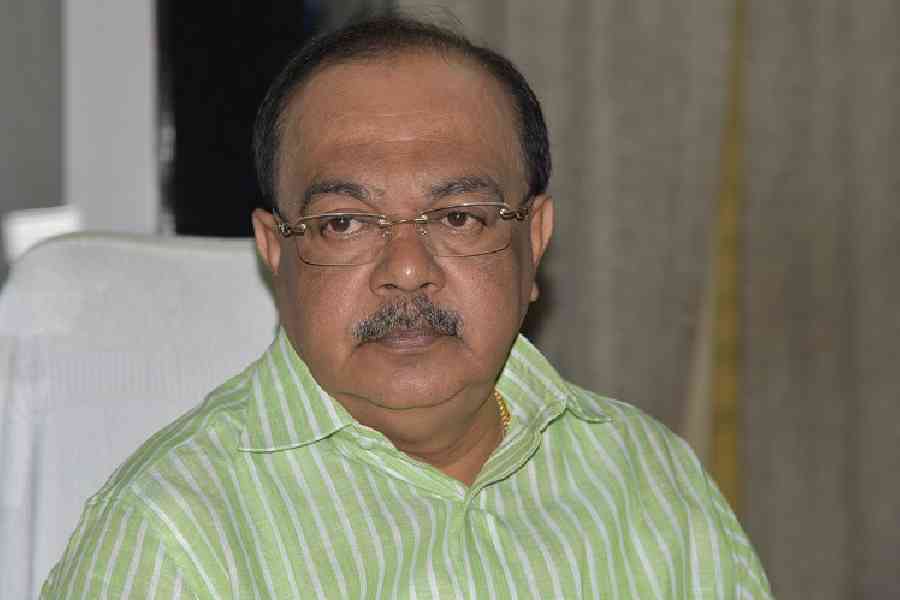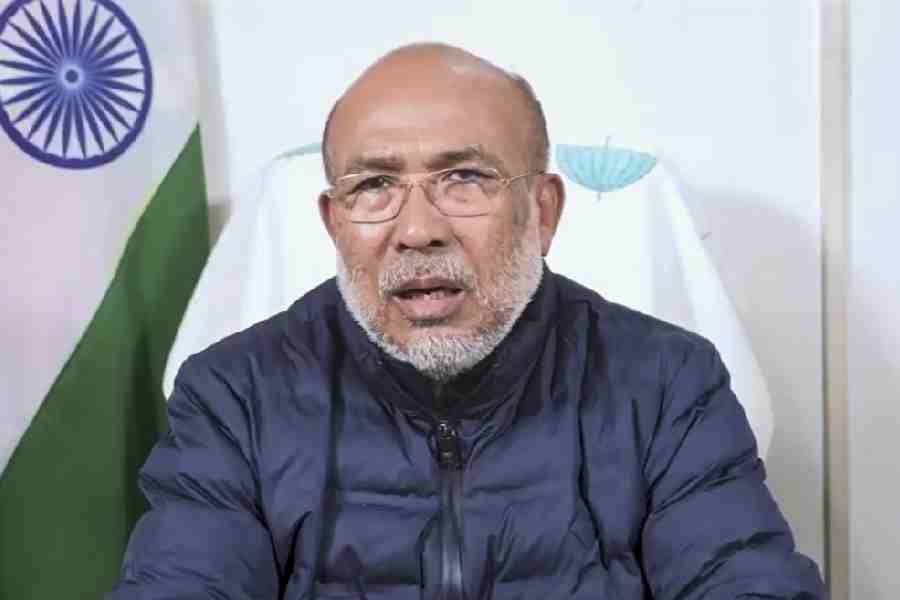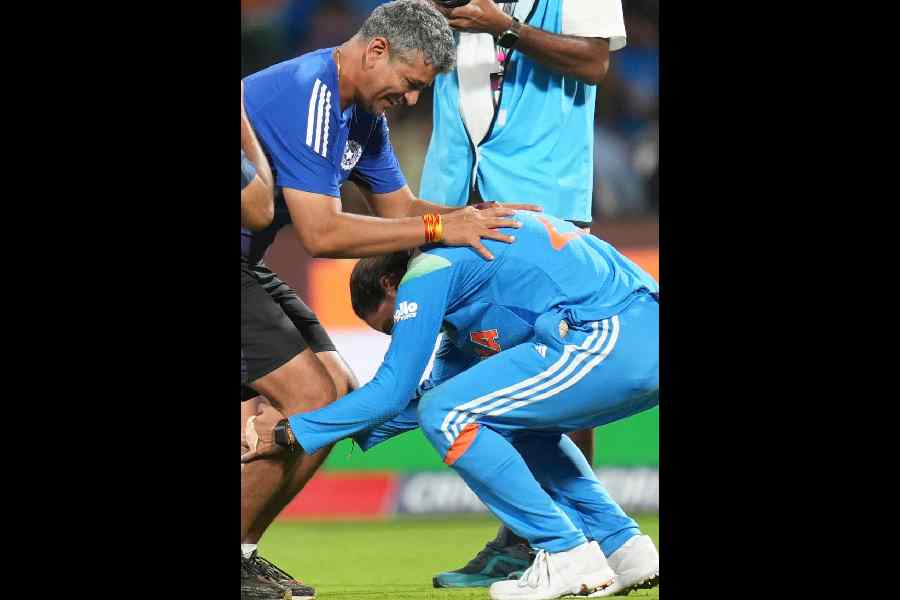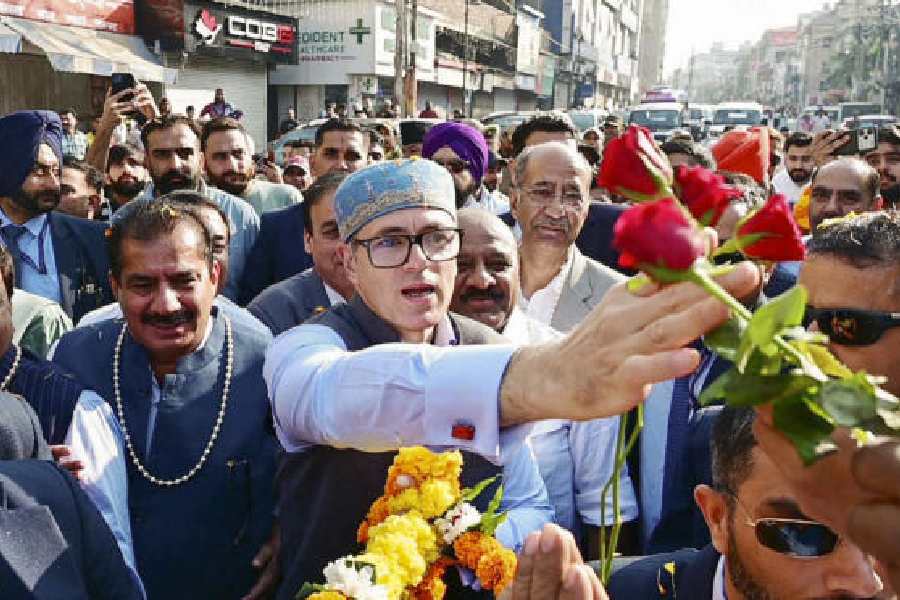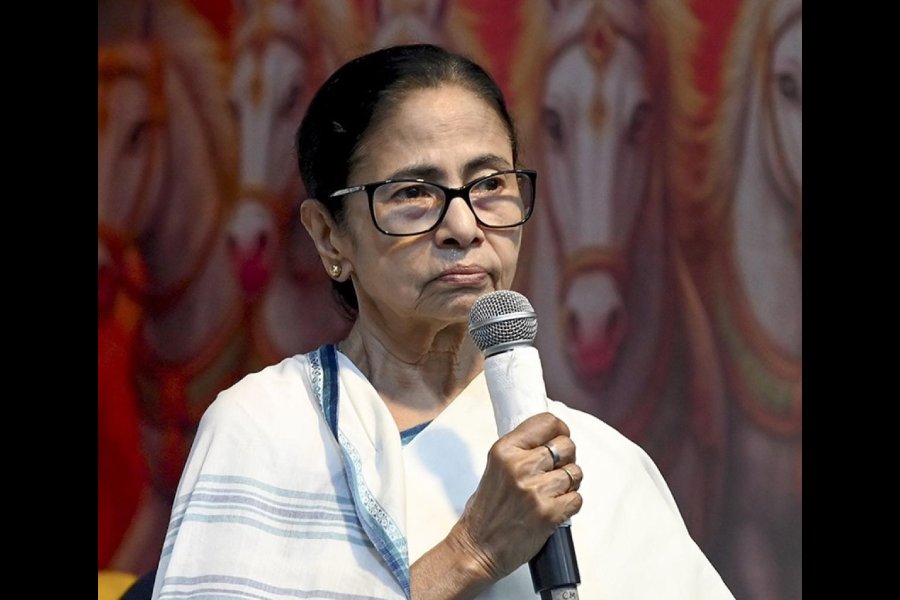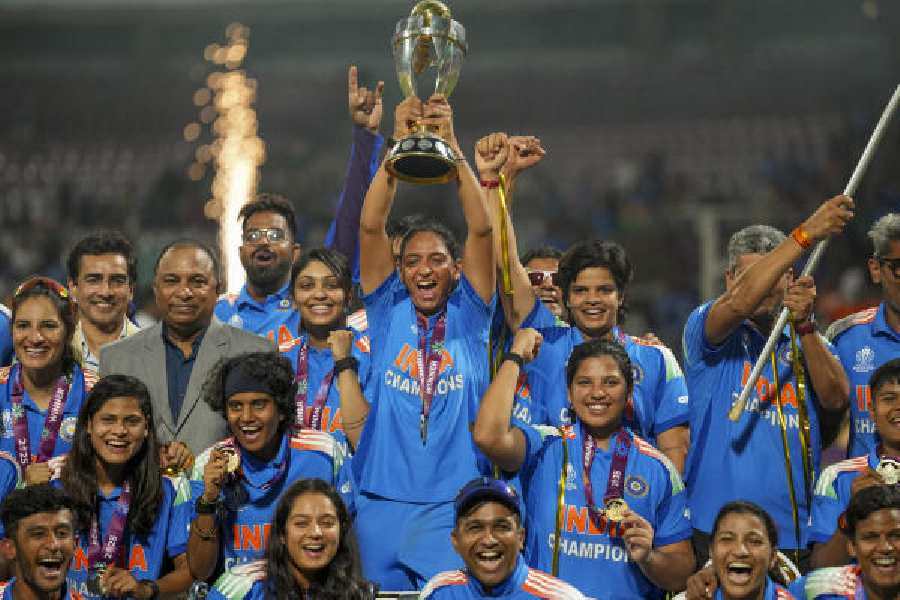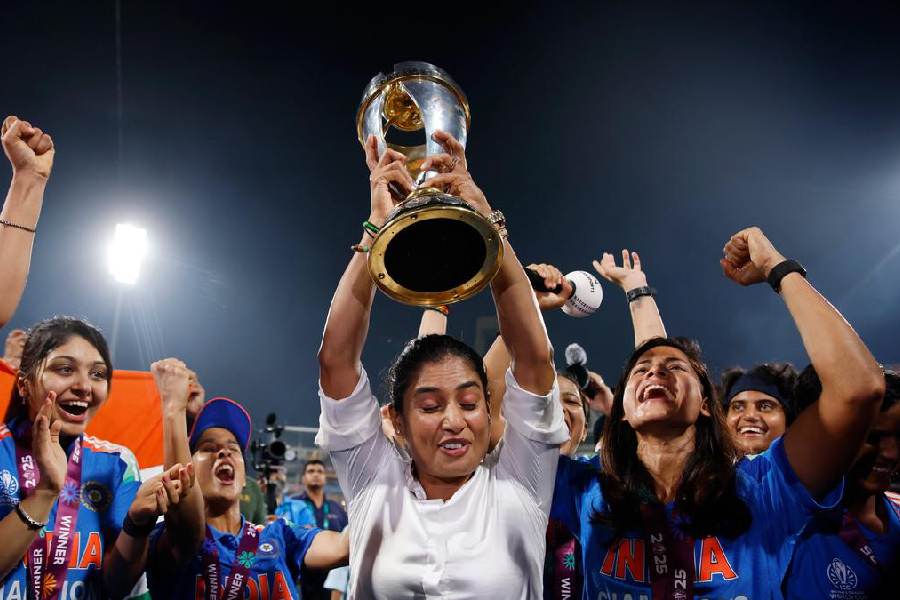 |
The battle is on for the couch potato’s remote. Facing off are direct to home (DTH) service companies and a raft of cable television men, including multi-service operators (MSOs) who offer broadband, TV and bundled services, as well the local cable operator who so far has decided what channels you can pick from.
At first glance it would appear that DTH is winning: it offers an array of services; a direct connect and even the pricing bugbear of STB (set top boxes) has been tempered — average costs have shifted from the icy regions of Rs 7,500-Rs 10,000 to the warmer plateaus of Rs 3,000 plus. Not to mention the rental and instalment schemes which are now available. And finally, consumer choice — nerds don’t have to stand in the shadow of jocks any longer. If you want to eschew Sports for History, you now can.
In contrast, the MSOs and the local cable TV men seem to be nursing purple jaws: there is infighting between the various links of the distribution chain with local cable operators guarding their last-mile ownership, internal opposition to the conditional access system (CAS) and the possible flight of premium customers. Geographical limitations and costs of laying cable lines and upgrading existing ones are also tying one hand to the back as they take on the DTH attack. To top it all, the label of the “goonda cablewallah” stereotyping persists in many quarters, admits an industry source on condition of anonymity.
 |
“Three years ago if anyone had spoken of DTH digitisation, they would have been scoffed at,” says Ashish Kaul, vice president, DishTV, of the Zee group.
“The consumer did not have a choice to change cable operators, let alone choice of channels. Digitisation will exercise consumer choice,” he adds. India’s numbers and geographical spread makes a wire-free environment for television transmission beneficial for the consumer, which is what digitisation offers.
The impact will be direct in terms of interactivity and pricing. Kaul welcomed the rollout of CAS that will take effect in Calcutta, Mumbai and Delhi from January 1, despite lobbying against it by a section of distributors.
So is this the end of cable operators? “Hong Kong would love that but it is not going to happen,” Ashok Mansukhani, executive vice-president, Hinduja TMT (parent of INCableNet, the largest MSO in Mumbai), scoffs in a thinly-disguised jibe at Murdoch and his Star-allied Tata Sky. “The whole game is marketing to the consumer now, not to the service provider (distributor). No longer will channels be dumped on consumers. Consumers are not biting the DTH bullet.”
He argues that cable has not disappeared anywhere in the world. Instead, DTH usually makes inroads mainly in the premium pay television strata. Cable is mass, local, and knows the tastes of the consumers it services, Mansukhani emphasises.
Ironically, one of the companies in what is loosely called the MSO Alliance, Hathaway, is partly owned by Murdoch’s Star group.
Roop Sharma, promoter of Digital Design (a Hathaway franchise) in Delhi and president of the Cable Operators Federation of India (COFI), is equally forceful. “The cable industry is very happy with competition from DTH. Finally, the consumers will value us. If you ask me, DTH has not brought about much change in people’s life. Its content is the same as what cable offers.”
Kaul disagrees, “Pay TV and costs are a psychological barrier for consumers, not a cost barrier.” He points to the customised and competitive packages now available for DTH subscribers.
But Sharma ups the ante. “On DTH, the channels take time to tune in. The Indian viewer is used to quick-surfing his channels all the time. Besides, DTH STBs require intervention by busy call centers. Fault servicing may take days to attend. Your cablewallah has been known to you for years and you know his office. Even if he does not respond to your calls, you can go and fetch him. Consumers will realise our value now. Besides, we also offer some local content such as a live discourse from a local temple. DTH has no local flavour.”
If the long-suffering but stoic Indian consumers have learnt anything in the market age it is to look at a gift horse carefully in the mouth. Choice may be limited when it comes to actually switching service providers. In what’s called the last-mile ownership — the direct point of entry from cable lines to the subscriber’s home — the cable TV man is back again at your doorstep. CAS-related STBs are a way to get pay channels, they do not signal the end of the cable TV men.
In this context, a part of the battle is fought on home ground for the MSOs, which have the job of convincing the local vendors to switch to STBs as well, and go from analog transmission to digital. But “goonda cablewallahs” is a label that won’t go away quite so easily, an industry insider admits.
With a revenue sharing option and incentive for selling the STBs, MSOs are convinced they will co-opt the last mile owners. It is the customer who is their focus. “Cable broadcasters are essentially entrepreneurs. We know how to convince customers and are more willing to battle it out. MSOs may even offer free STBs in the future.”
One issue that the cable operators are worked up about is that DTH operators are offering a “cable-like” system to housing societies. They are offering to instal one dish on the terrace and connecting a few households with it, although the households will have their own set top boxes. COFI has objected to this by writing to the Telecom Regulatory Authority of India, the industry’s watchdog. Roop Sharma says that this practically means that DTH functions like cable. “DTH is using cables to connect these homes to the dish. We have objected to this MDU (multi devloping unit) operation.”
“We are also fighting the Rs 5 channel pricing with Telecom Disputes Settlement and Appellate Tribunal,” says Mansukhani. “There is a price elasticity in India which will ensure that most consumers won’t pay beyond Rs 200-250 per month.” There is nothing to prevent cable from offering less than MRP rates, says the cable industry.
Technology is another front that the two armies are engaged on. The cable faction is convinced that DTH can offer only up to 150 channels, with transponder constraints. Frequencies can take only so much bandwidth and you cannot cram too many channels on any frequency. “Once we introduce the set top box in cable we can bring another 200 channels in,” says Roop Sharma.
Where DTH is bundling services such as multi-FM radio, movies on demand and Internet protocol TV, the opposite side is touting data and voice transmission facilities. With technology, digital television platform is bound to eventually offer that as well.
As Kaul points out, this is a transition period for consumers too who are now becoming familiar with choice and the technology that makes it possible. Once CAS is implemented, the Darth Vaders and the Spartacuses will ratchet it up to another level. The consumer can bet on that.
Additional reporting by Shuchi Bansal in New Delhi

